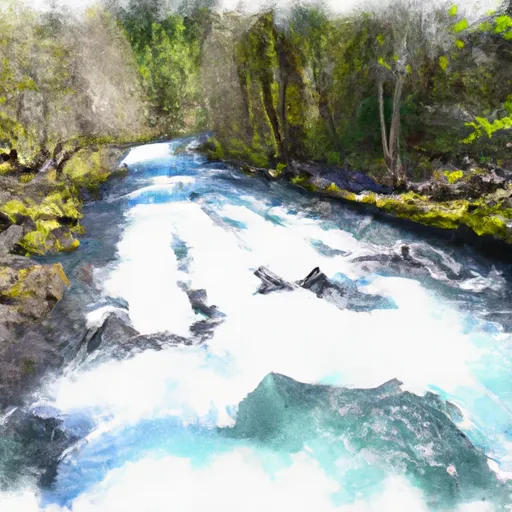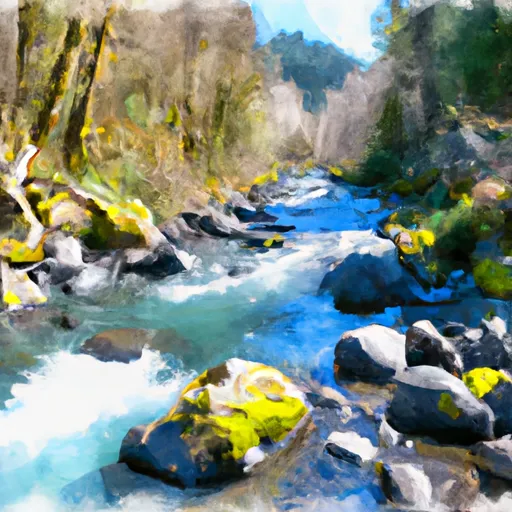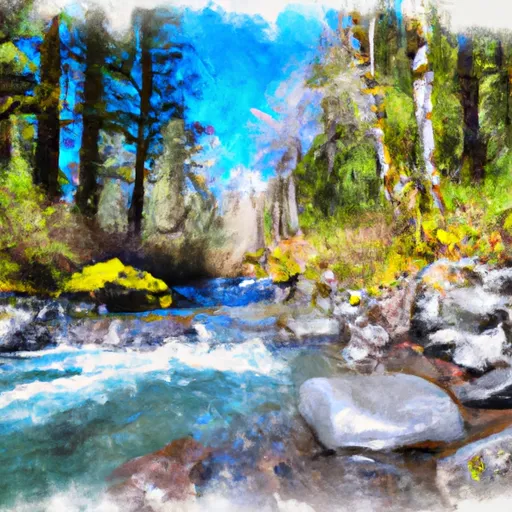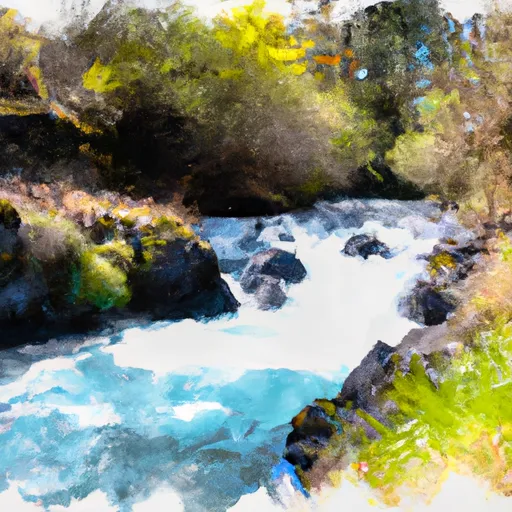Summary
Total streamflow across the
Mckenzie River
was last observed at
31,807
cfs, and is expected to yield approximately
63,088
acre-ft of water today; about 106%
of normal.
Average streamflow for this time of year is
30,015 cfs,
with recent peaks last observed
on
2019-04-08 when daily discharge volume was observed at
160,850 cfs.
Maximum discharge along the river is currently at the
Mckenzie River Near Coburg
reporting a streamflow rate of 6,660 cfs.
However, the streamgauge with the highest stage along the river is the
Mckenzie River Bl Payne Cr
with a gauge stage of 2094.66 ft.
This river is monitored from 8 different streamgauging stations along the Mckenzie River, the highest being situated at an altitude of 3,020 ft, the
Mckenzie River At Outlet Of Clear Lake.
River Details
| Last Updated | 2025-12-31 |
| Discharge Volume | 63,088 ACRE-FT |
| Streamflow |
31,807.0 cfs
-1578.0 cfs (-4.73%) |
| Percent of Normal | 105.97% |
| Maximum |
160,850.0 cfs
2019-04-08 |
| Seasonal Avg | 30,015 cfs |
River Streamflow Levels
| Streamgauge | Streamflow | Gauge Stage | 24hr Change (%) | % Normal | Minimum (cfs) | Maximum (cfs) | Air Temp | Elevation |
|---|---|---|---|---|---|---|---|---|
|
Mckenzie River At Outlet Of Clear Lake
USGS 14158500 |
617 cfs | 2.99 ft | -5.8 | |||||
|
Mckenzie River Bl Payne Cr
USGS 14158740 |
483 cfs | 2094.66 ft | -2.82 | |||||
|
Mckenzie R Blw Trail Br Dam Nr Belknap Springs
USGS 14158850 |
1330 cfs | 7.09 ft | 2.31 | |||||
|
Mckenzie River Near Vida
USGS 14162500 |
5350 cfs | 2.96 ft | -4.29 | |||||
|
Mckenzie River Blw Leaburg Dam
USGS 14163150 |
5790 cfs | 6.76 ft | -3.82 | |||||
|
Mckenzie River Near Walterville
USGS 14163900 |
6020 cfs | 4.88 ft | -4.9 | |||||
|
Mckenzie River Abv Hayden Br
USGS 14164900 |
6040 cfs | 54.72 ft | -6.5 | |||||
|
Mckenzie River Near Coburg
USGS 14165500 |
6660 cfs | 9.69 ft | -5.26 |
Seasonal Discharge Comparison
Maximum Streamflow Discharge
Streamflow Elevation Profile
The McKenzie River is a 90-mile (145 km) tributary of the Willamette River in western Oregon in the United States. It drains part of the Cascade Range east of Eugene and flows westward into the southernmost end of the Willamette Valley. It is named for Donald McKenzie, a Scottish Canadian fur trader who explored parts of the Pacific Northwest for the Pacific Fur Company in the early 19th century. As of the 21st century, six large dams have been built on the McKenzie and its tributaries.

 Mckenzie River Seg B
Mckenzie River Seg B
 North Fork Gate Creek
North Fork Gate Creek
 South Fork Gate Creek
South Fork Gate Creek
 Fall Creek - Eugene
Fall Creek - Eugene